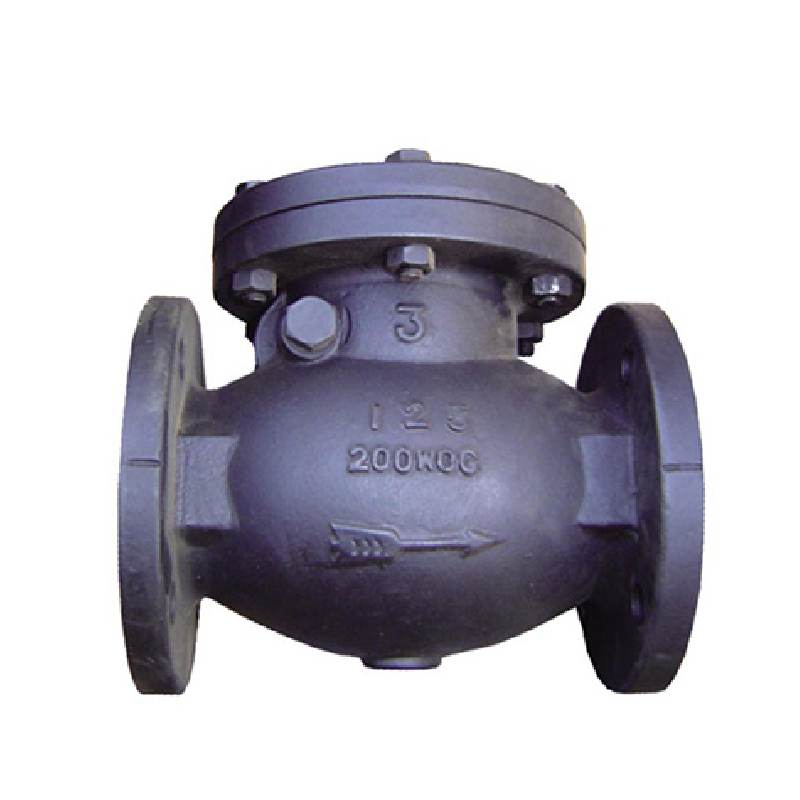Nov . 07, 2024 13:45 Back to list
Handwheel Design for Di Lug Type Butterfly Valves in Fluid Control Applications
Understanding the DI Lug Type Butterfly Valve with Handwheel
Butterfly valves are widely utilized in various industrial applications for regulating and controlling flow. One specific variant that stands out is the Ductile Iron (DI) lug type butterfly valve equipped with a handwheel. This article will delve into the design, functionality, advantages, and applications of the DI lug type butterfly valve with a handwheel, providing insight into why this valve is considered a reliable choice in many sectors.
What is a DI Lug Type Butterfly Valve?
A DI lug type butterfly valve is made primarily from ductile iron, which is known for its excellent tensile strength and ductility. This material provides enhanced durability, making the valve suitable for high-pressure and high-temperature environments. The lug type feature refers to the unique design of the valve, which includes threaded lugs or ears on the valve body. These lugs allow for easy mounting and dismantling, enabling the valve to be installed between two flanges without the need for a complete shut-off of the pipeline.
The handwheel mechanism allows for manual operation of the valve. By turning the handwheel, operators can open or close the valve, making it a convenient option for control within a pipeline system, especially in situations where automated systems are impractical or require manual oversight.
Design and Construction
The DI lug type butterfly valve typically consists of several key components
1. Body Made from ductile iron, the body houses the disc and provides structural integrity to the valve. 2. Disc The disc controls flow by rotating about a central axis, providing a large flow area when open. 3. Seal The valve includes a sealing mechanism, often made of resilient materials, ensuring a tight seal when closed to prevent leaks. 4. Stem The stem connects the handwheel to the disc, allowing for the transfer of motion when operators turn the handwheel. 5. Handwheel This is the manual interface through which operators can control the opening and closing of the valve.
di lug type butterfly valve handwheel

Advantages of DI Lug Type Butterfly Valves
The DI lug type butterfly valve with handwheel presents several advantages
1. Versatility The lug design allows for easy integration into various pipeline systems without the need for additional support structures. 2. Durability Ductile iron is resilient against corrosive environments, which enhances the lifespan of the valve. 3. Ease of Operation The handwheel allows for simple and straightforward manual operation, benefiting facilities that may not have the infrastructure for automated valves. 4. Leak Prevention With a reliable sealing mechanism, these valves are capable of preventing leaks in critical applications. 5. Compact Design Butterfly valves are generally more compact than other valve types, requiring less space for installation, which is a significant advantage in facilities with space constraints.
Applications
DI lug type butterfly valves with handwheels are commonly found in various industries, including
- Water Treatment For controlling water flow in treatment plants and distribution systems. - Food and Beverage In processes that require hygiene and reliability. - Chemical Processing To handle corrosive substances safely and efficiently. - Fire Protection Systems Ensuring that water flow can be controlled in emergency situations.
Conclusion
The DI lug type butterfly valve with handwheel is an essential component in many industrial applications. Its robust design, ease of operation, and reliable performance make it a go-to choice for operators needing to control flow effectively. As industries continue to face demands for efficient and safe fluid management, the importance of reliable valves such as the DI lug type butterfly valve cannot be overstated. Understanding its design and functionality can help users make informed decisions in their operational ecosystems.
Share
-
Reliable Wafer Type Butterfly Valves for Every IndustryNewsJul.25,2025
-
Reliable Flow Control Begins with the Right Ball Check ValveNewsJul.25,2025
-
Precision Flow Control Starts with Quality ValvesNewsJul.25,2025
-
Industrial Flow Control ReliabilityNewsJul.25,2025
-
Engineered for Efficiency Gate Valves That Power Industrial PerformanceNewsJul.25,2025
-
Empowering Infrastructure Through Quality ManufacturingNewsJul.25,2025